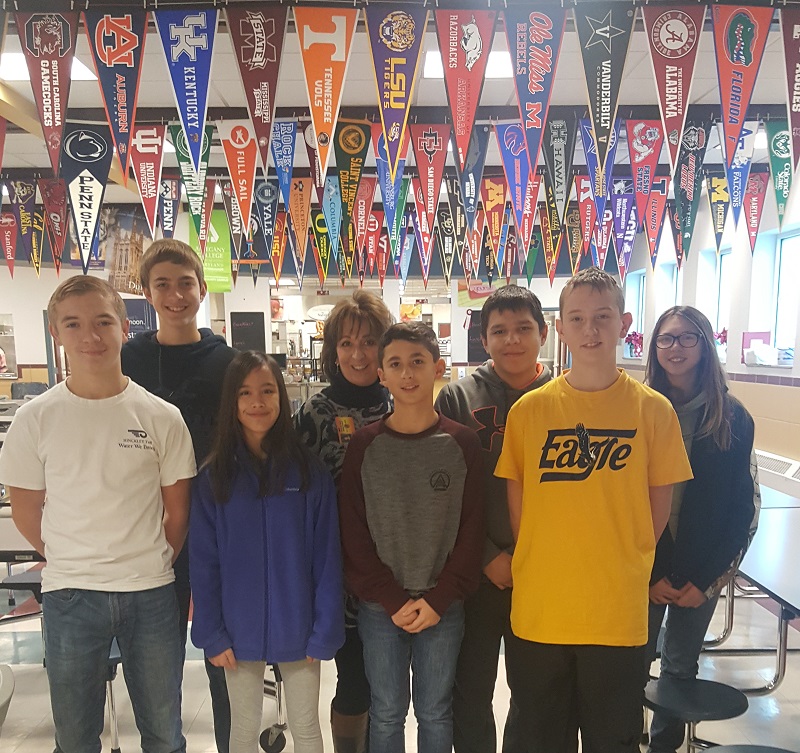
Chicago and a rural school district nestled amid Pennsylvania’s central mountains are worlds apart, but they now have something in common when it comes to getting younger students to think about college.
Janelle Lowe, a middle school teacher in the Chestnut Ridge School District, Bedford County, was watching television one evening when she learned that Chicago Mayor Rahm Emanuel placed college pennants in kindergarten classes to plant the seeds of higher education at a very young age.
“I thought, ‘that is a cool idea. I could do that,’’’ said Lowe, who noted that like inner cities, there are major issues in rural America when it comes to students going on to higher education.
She thought the third- through seventh-grade makeup of the Chestnut Ridge Middle School, where she is a reading specialist, an English learner program specialist, and a hearing-impaired support teacher, was perfect to start touting college careers.
With the approval of the Chestnut Ridge administration and thanks to a $1,000 grant from the Chestnut Ridge Education Foundation, there are now 130 pennants of various colleges adorning the school cafeteria, a number that was still growing as of this writing.
“As a reading specialist, I know that the third-grade reading level is a significant predictor of the eighth-grade reading level and of ninth-grade performance. It is even known to be a predictor of graduation rates,’’ Lowe said. “So, being in a middle school that serves grades three through seven, I felt it was a prime target for starting to create dreams of post-secondary education.’’
But she took Chicago’s idea well beyond pennants.
Lowe, who is retiring after the 2017-18 school year after 39 years of teaching, took up the concept for a differentiated research project for her evaluation.
Research confirmed what she already knew about rural school districts – they educate 6.5 million students, more than the 20 largest urban districts combined, but they have low percentages of students going on to higher education.
In addition to the pennants in the cafeteria, she also has U.S. and Pennsylvania maps that mark locations of the various colleges students expressed an interest in through a survey Lowe conducted, along with the colleges attended by the school staff.
The idea was to create a strong visual image, an important concept in education, and then follow it up with what Lowe calls the “nitty gritty work.’’
A math teacher is using statistics on the value of higher education, and an art teacher is adding drawings to the visual images in the cafeteria. The school counselor started handing out materials that include a “College Bound’’ magnet that kids place on their lockers.
“We are trying to get them to see, by using real-world concepts, how post-secondary education is important,’’ Lowe said. “We want them to think big and to start dreaming big. And we are trying to impress upon them that, with greater effort and achievement on their part, they may go to college for free or with significant financial assistance.’’


